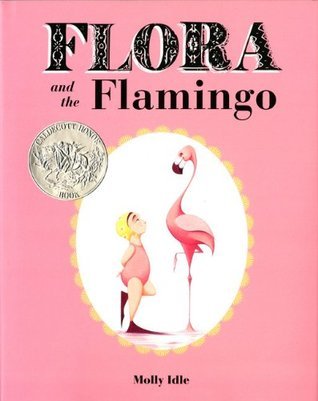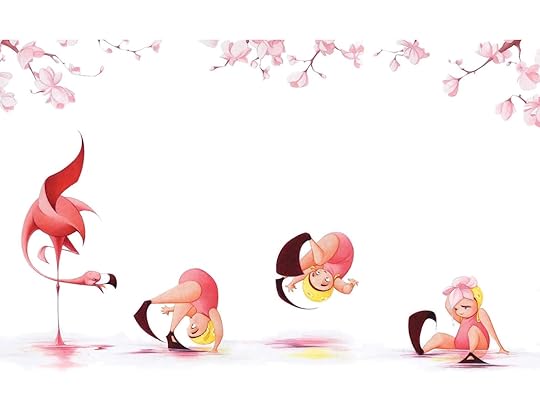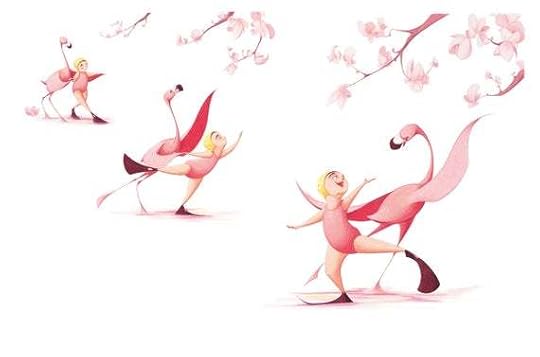What do you think?
Rate this book


32 pages, Hardcover
First published February 5, 2013




 Flora and the Flamingo is a wordless book illustrated by Molly Idle. The flaps you open to see their next move draw you into the story even more. It is a journey of friendship between a flamingo and a little girl, that starts out rocky and grows into something of mutual appreciation. The illustrations are simple, lighthearted and yet still manage to convey the emotion and personality of the two characters. Cute story and fun artwork!
Flora and the Flamingo is a wordless book illustrated by Molly Idle. The flaps you open to see their next move draw you into the story even more. It is a journey of friendship between a flamingo and a little girl, that starts out rocky and grows into something of mutual appreciation. The illustrations are simple, lighthearted and yet still manage to convey the emotion and personality of the two characters. Cute story and fun artwork!